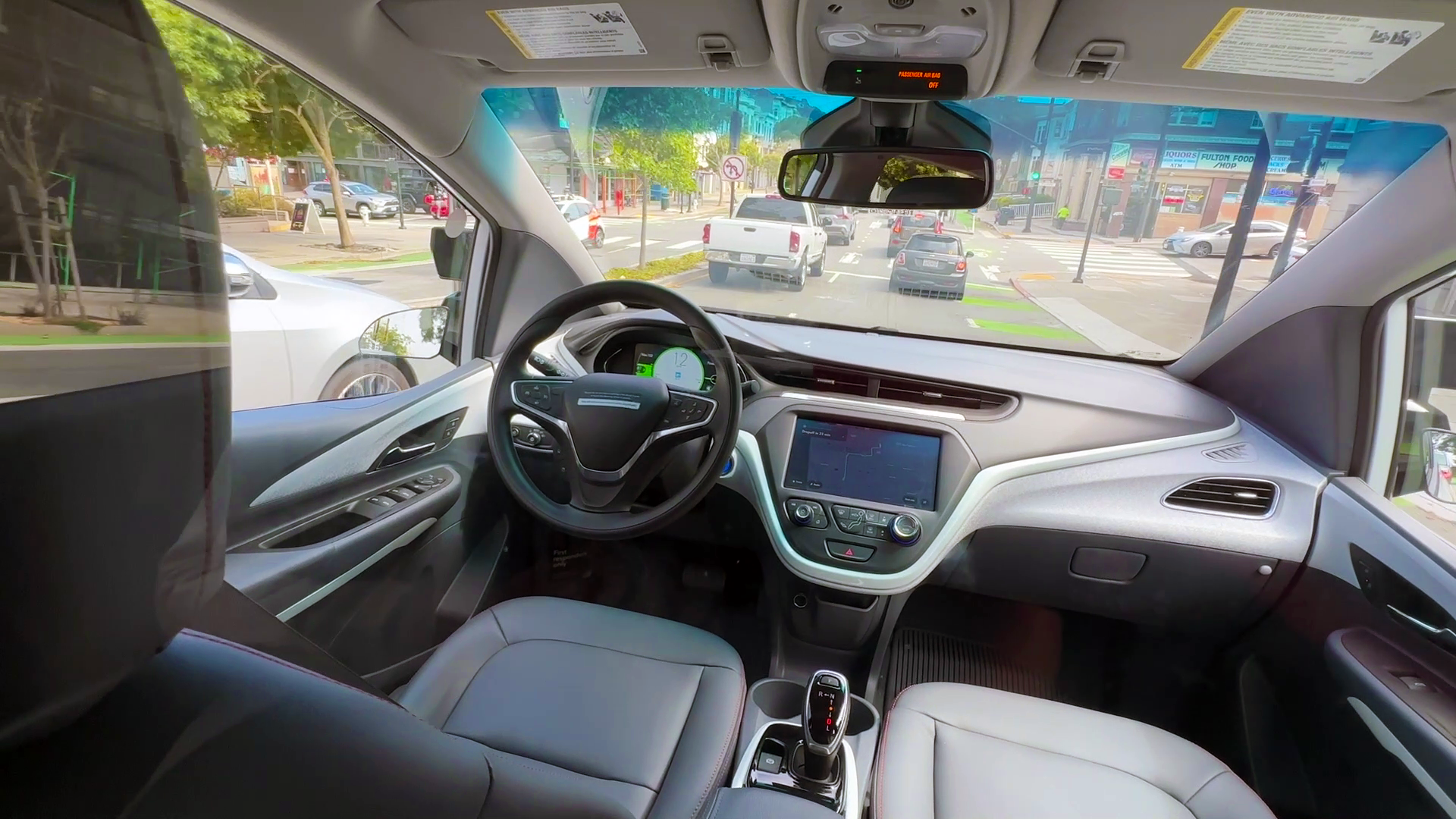For a police department clamoring for more officers and still coping with the fallout of numerous budget cuts and defections, it stands to reason the San Jose Police Department might be on the lookout for reinforcements.
Yet the SJPD declined to pursue assistance this week from the California Highway Patrol, despite a strongly-worded letter from Assembly Speaker pro Tempore Nora Campos, D-San Jose, insisting the department take action.
“I am concerned that last week signals the beginning of what could be San Jose’s most violent summer in years,” Campos wrote, “as homicides and gang violence are becoming commonplace in many of our city’s neighborhoods.”
In fact, the City of San Jose suffered five homicides in the final week of May, boosting the total count to 21 (at the time) and putting San Jose on pace to outstrip last year’s number of 46, a two-decade high.
The assemblywoman’s request, however, makes several assumptions about the free cost of assistance and effectiveness of bringing in CHP patrol officers that may not be true.
For one, the assistance could come with a cost.
The CHP declined our request for an on-camera interview, but did offer the following statement:
Local
“The Department is prepared to assist allied agencies when appropriate. Without knowing the scope of the request and/or the resources that may be needed in San Jose, we cannot estimate a potential cost of service. Every situation is unique and those details are determined during a discussion between the two agencies once a formal request is made.”
Per the agency’s statement, costs aren’t clear until more details are sorted out.
Campos also presumes an influx of CHP officers might tamp down gang activity and homicides, but that too may be a flawed assumption.
“Just sending police officers out in the streets may or may not have benefits,” observed Garrick Percival, a professor of political science at San Jose State University and a student of criminal justice and local government.
“I think the important question is about how will those officers be used, how do they coordinate their activities with what’s already going on,” he continued.
As it pertains to gang activity, San Jose Police Sgt. Jason Dwyer says the city has patrol units specially trained for gang activity in certain neighborhoods, and metro units and SWAT teams that are called upon when gang violence rages.
So would bringing in CHP patrol units help the city address its problem with violent crime?
“If we were to bring in officers from an outside agency they might not have the same level of expertise,” said Dwyer, “and though they might be experts in other areas in law enforcement, they’re not necessarily as qualified as some of our gang officers.”
Percival agrees that using CHP officers to try and address gang violence might be an ill-reasoned approach.
“It requires a lot of knowledge, a lot of expertise and a lot of people who have been working in these streets and neighborhoods and who suffer from the highest level of violence for a long time,” Percival said.
He also noted that despite San Jose’s recent surge in homicides, the city still fares extremely well when compared to others of similar size.
Of the top 10 largest cities in the country by population, only one, San Diego, has a lower homicide rate per 100,000 residents than San Jose, according to the latest FBI Uniform Crime Report.
San Jose had a homicide rate of 4.6 in 2012, compared to San Diego’s 3.5.
Philadelphia led all big cities with a rate of 21.5, while Chicago placed second with 18.46.
“San Jose, relative to many other cities around the country, is a pretty safe city looking at the statistics on homicide,” Percival said. “Yes, we’ve had a series of homicides recently, but there’s no indication that we’re moving well above and beyond what the rate was last year.”



